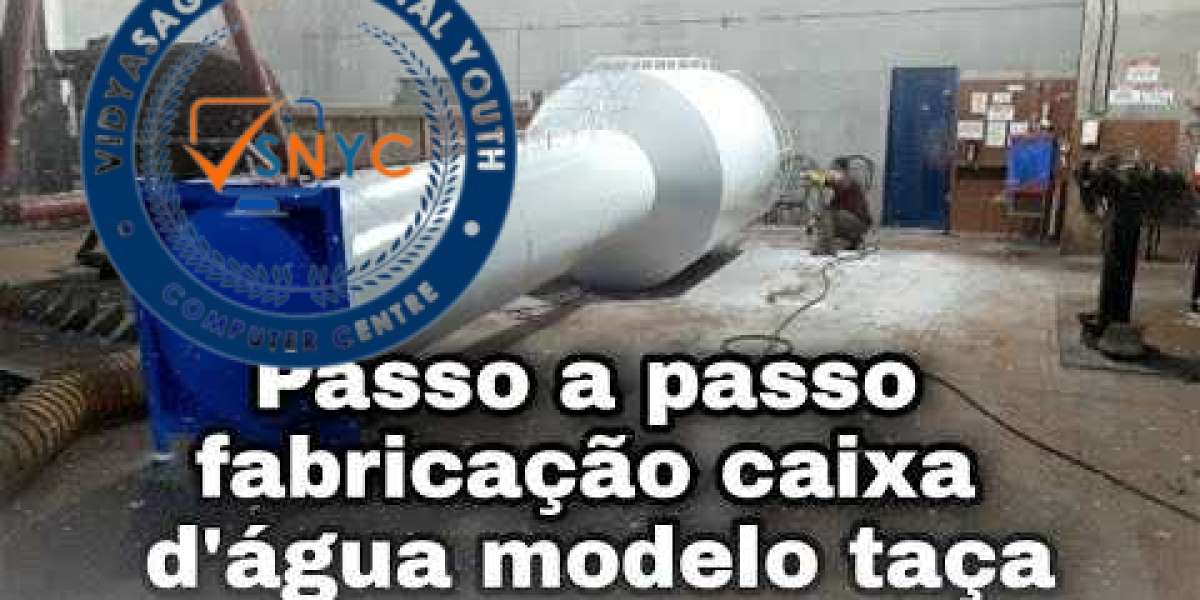An ARC Flash Study is a detailed engineering analysis designed to evaluate the risk of an ARC flash in an electrical system. The goal of the study is to identify potential ARC flash hazards and suggest ways to reduce those risks.
The study provides critical information such as:
The amount of energy that could be released during an ARC flash.
The necessary personal protective equipment (PPE) for workers.
Safe working distances.
Labeling requirements for electrical panels and equipment.
The final result is a safer workplace and better protection for employees working around electrical systems.
Why is an ARC Flash Study Important?
1. Protects Human Life
The most important reason for conducting an ARC Flash Study is safety. Workers who are exposed to electrical systems need to know the risks and how to protect themselves. A proper study helps identify where these risks are highest and ensures the right safety measures are in place.
2. Legal and Regulatory Compliance
Many countries have laws and safety standards that require businesses to perform an ARC Flash Study. For example, in the United States, OSHA (Occupational Safety and Health Administration) and NFPA 70E provide clear guidelines for electrical safety. Non-compliance can lead to heavy fines, shutdowns, or even legal actions.
3. Reduces Equipment Damage
ARC flashes can cause serious damage to electrical panels, wiring, and other equipment. By identifying high-risk areas, the study helps prevent costly repairs and unplanned downtime.
4. Boosts Productivity
When workers know they’re protected and trained properly, they can focus on their job with confidence. This improves workplace morale and productivity.
What Does an ARC Flash Study Include?
An ARC Flash Study involves several steps, usually performed by electrical engineers or trained professionals. Here’s what’s typically included:
1. Data Collection
This step involves gathering detailed information about the facility’s electrical system. This includes:
One-line diagrams
Equipment ratings
Circuit breaker and fuse details
Cable sizes and lengths
Utility fault current data
2. System Modeling
The data is entered into specialized software to model the entire electrical system. This model simulates how electricity flows through the network and what happens during faults.
3. Short Circuit Analysis
A short circuit analysis is conducted to calculate how much current would flow during a fault. This helps in understanding the severity of potential ARC flashes.
4. Coordination Study
This step ensures that protective devices like circuit breakers operate correctly and in the right sequence to isolate faults quickly.
5. ARC Flash Hazard Analysis
This is the core part of the ARC Flash Study. It calculates the incident energy (measured in cal/cm²) that a worker might be exposed to during an ARC flash. Based on this, the required PPE and safe working distances are determined.
6. Labeling
Labels are created and placed on electrical equipment. These labels show important safety information such as:
Incident energy level
Required PPE
ARC flash boundary (safe distance)
7. Final Report and Recommendations
The study ends with a detailed report including findings, safety recommendations, and system updates if needed.
When Should You Perform an ARC Flash Study?
An ARC Flash Study is not a one-time task. It should be updated regularly to ensure continued safety and compliance. Here are a few key times when you should perform or update the study:
When installing new equipment
After major changes in the electrical system
Every 3 to 5 years (recommended by many safety standards)
If safety incidents or near-misses occur
Who Needs an ARC Flash Study?
Any facility with electrical equipment—especially those in manufacturing, construction, data centers, hospitals, and large commercial buildings—should consider performing an ARC Flash Study. If your workers interact with switchboards, motor control centers, transformers, or circuit panels, you need to evaluate the risk of ARC flashes.
Common Mistakes to Avoid in ARC Flash Studies
1. Skipping Small Equipment
Even small panels can cause serious ARC flashes. Don’t assume only large equipment needs to be studied.
2. Using Old or Inaccurate Data
Accurate data collection is crucial. Outdated or incorrect information can lead to wrong results and put lives at risk.
3. Ignoring Training
Even with a proper ARC Flash Study, workers need to be trained on what the labels mean and how to use PPE correctly.
4. Not Updating the Study
As your electrical system evolves, so should your ARC Flash Study. Outdated studies can leave you non-compliant and unsafe.
Conclusion:
In today’s fast-paced industrial environment, safety should never be compromised. An ARC Flash Study is a proactive step to protect lives, avoid legal troubles, and maintain smooth operations. It offers clear guidance on how to handle electrical hazards and prepares your team for real-world risks.
If you haven’t conducted an ARC Flash Study for your facility—or it’s been a while since your last one—now is the time to act. A trusted partner like Trident Techlabs Limited can help you perform a thorough and accurate ARC Flash Study, ensuring your workplace meets safety standards and is prepared for the unexpected.








